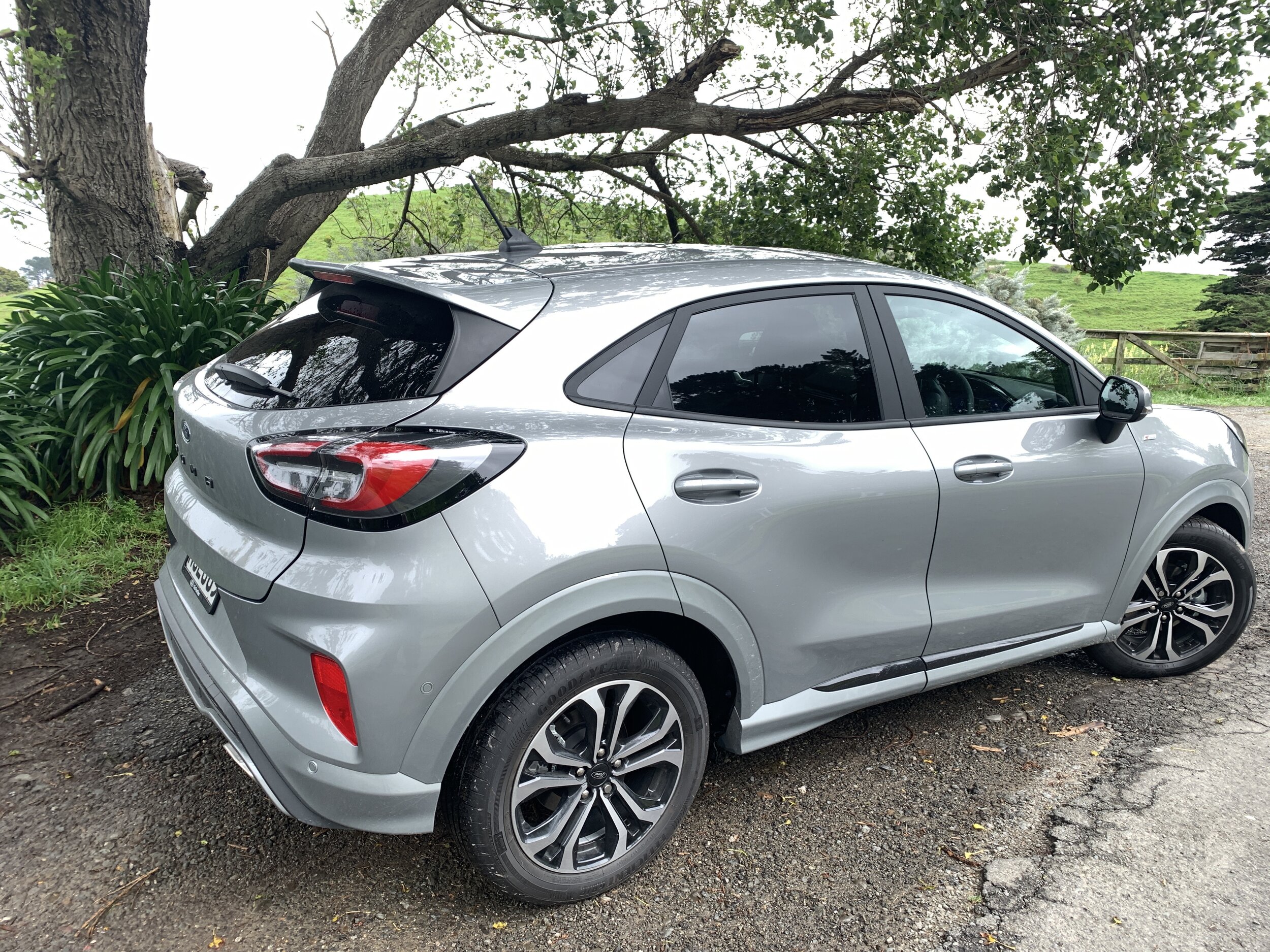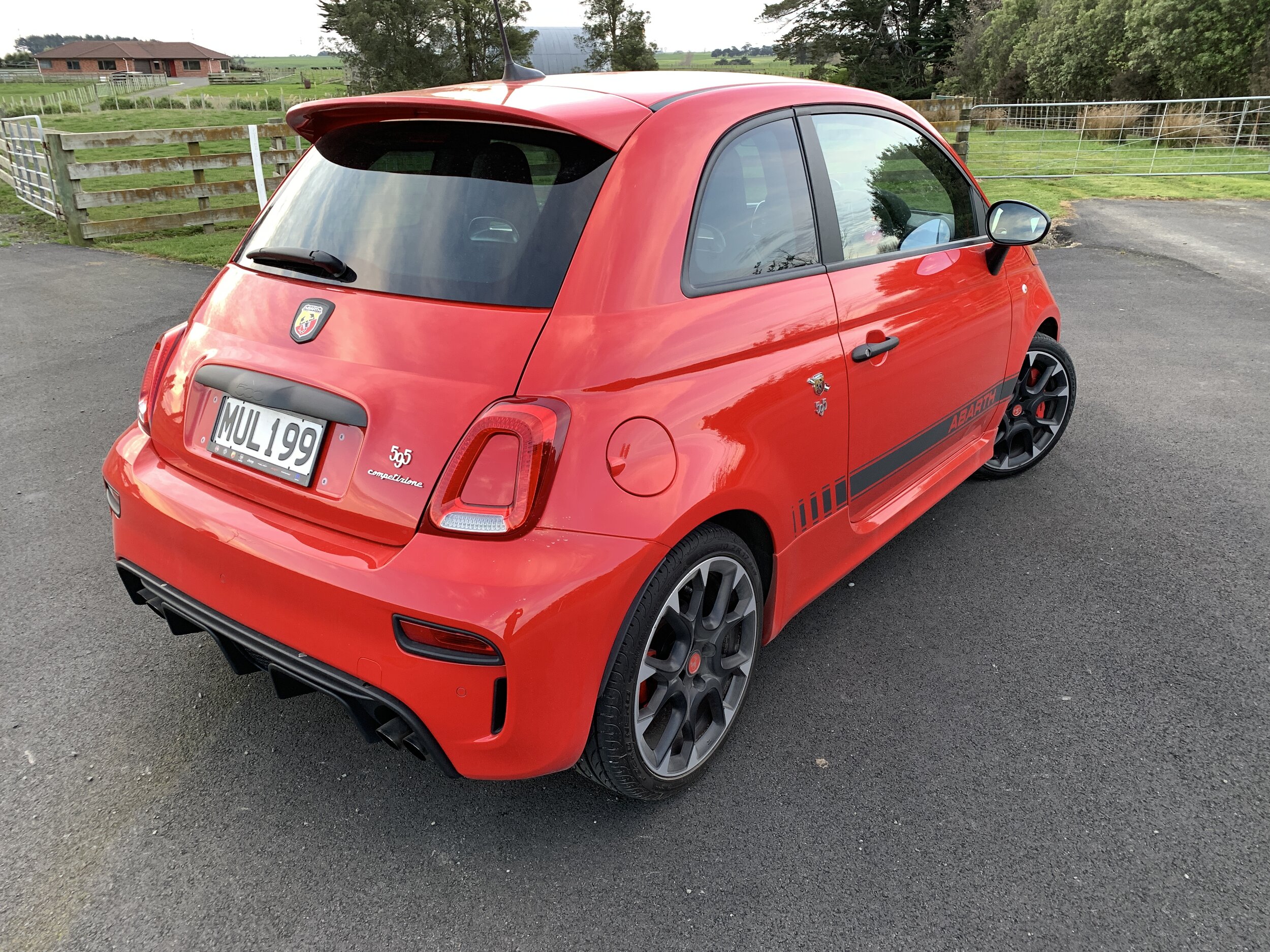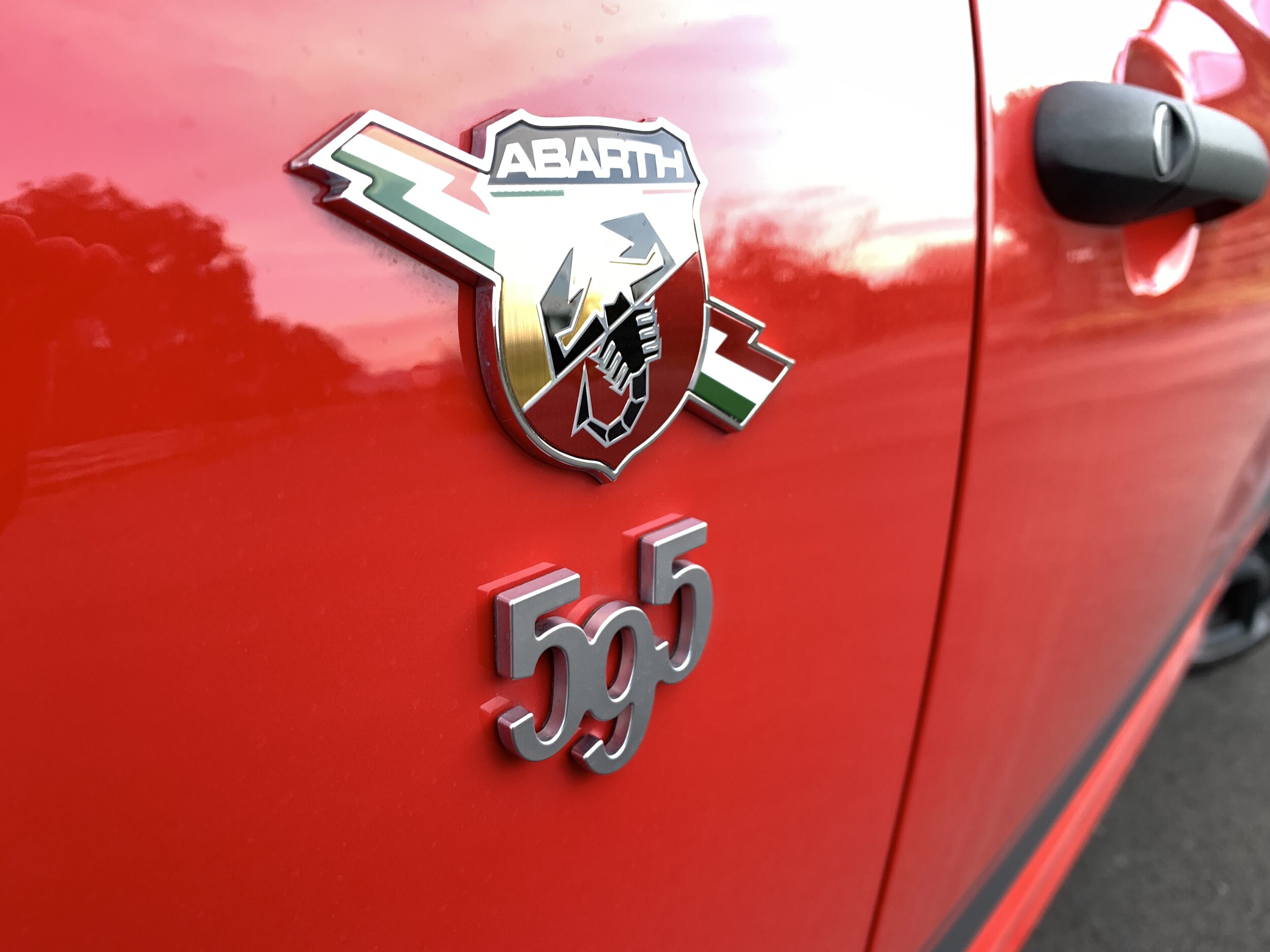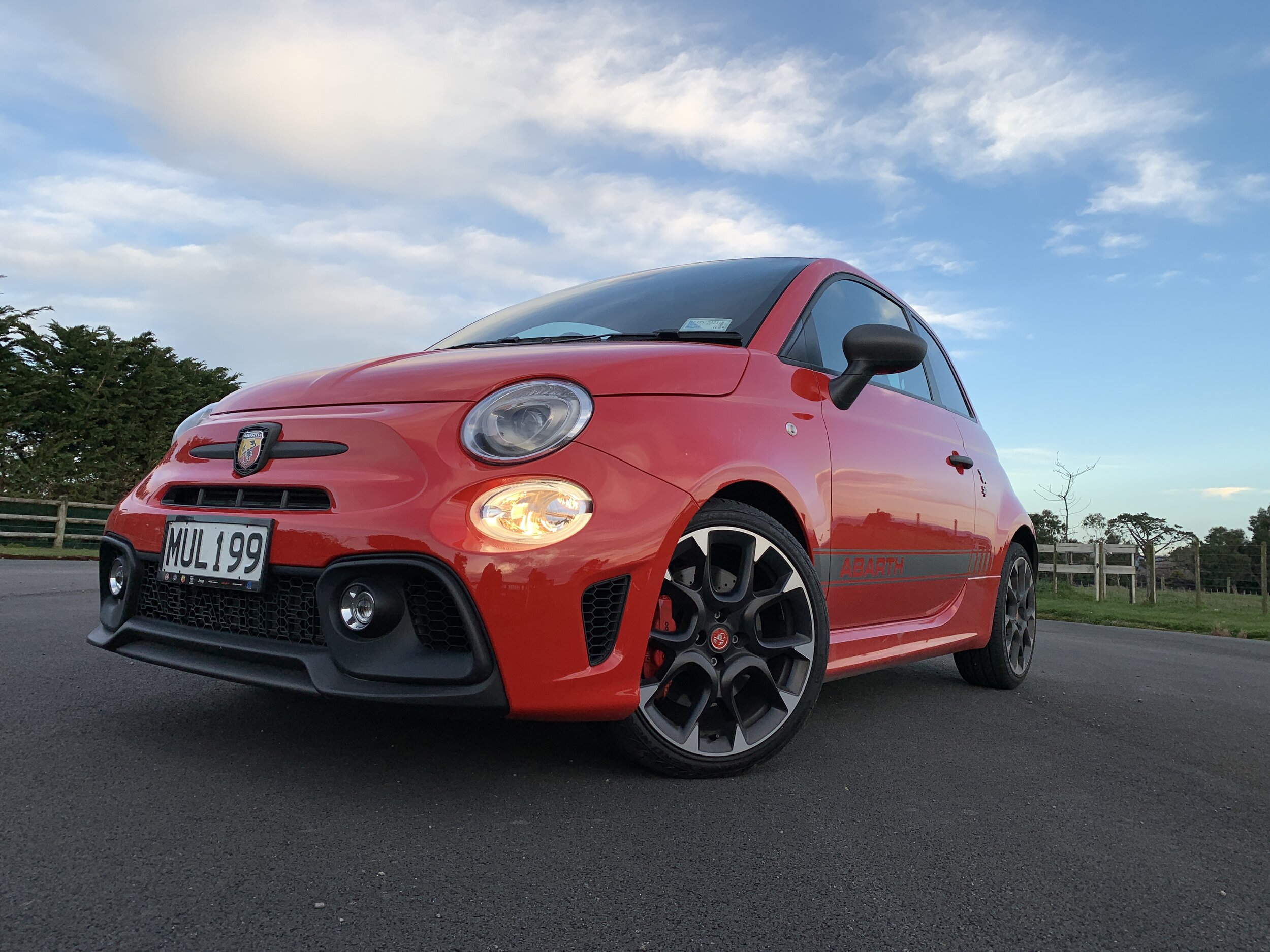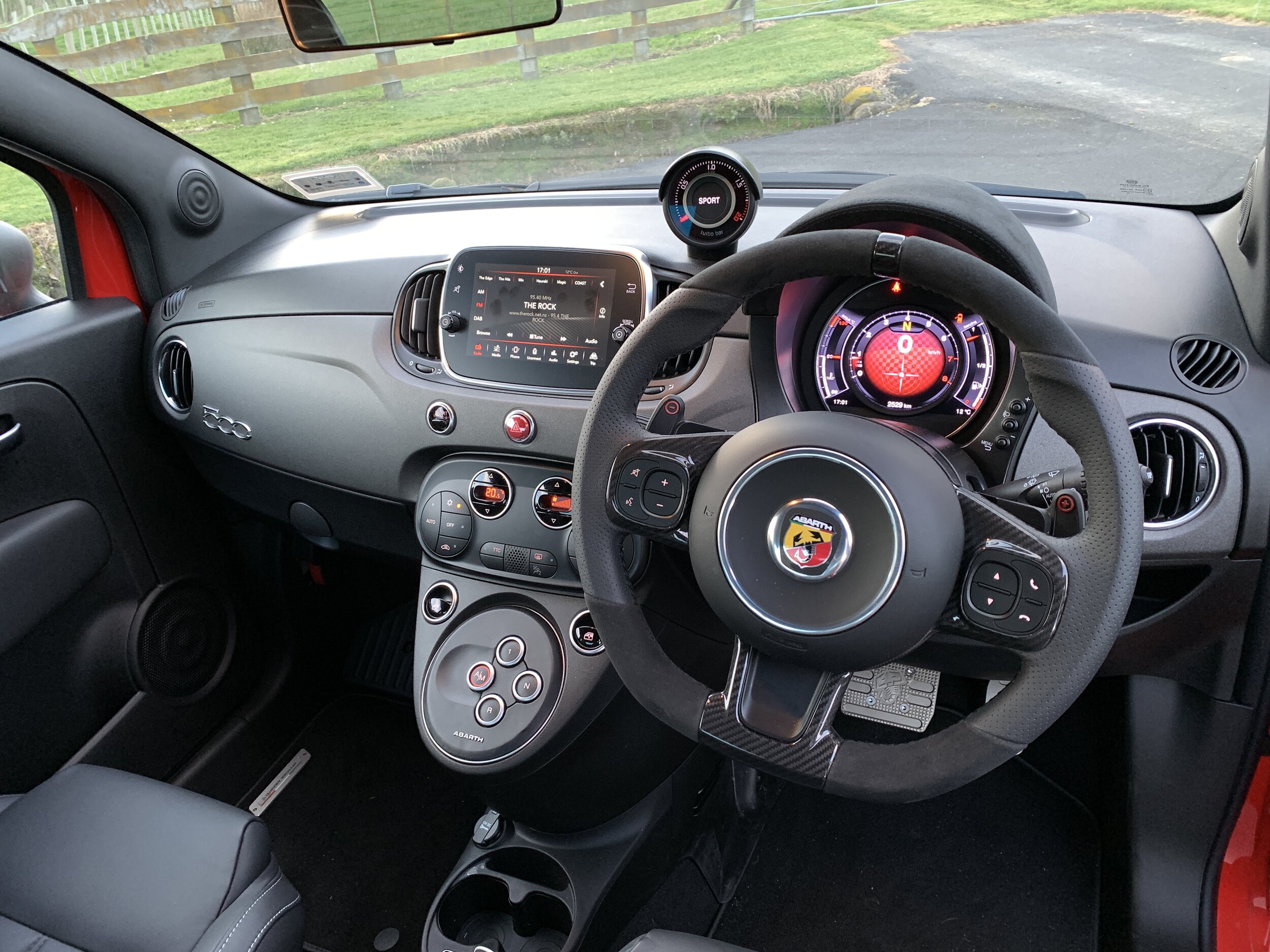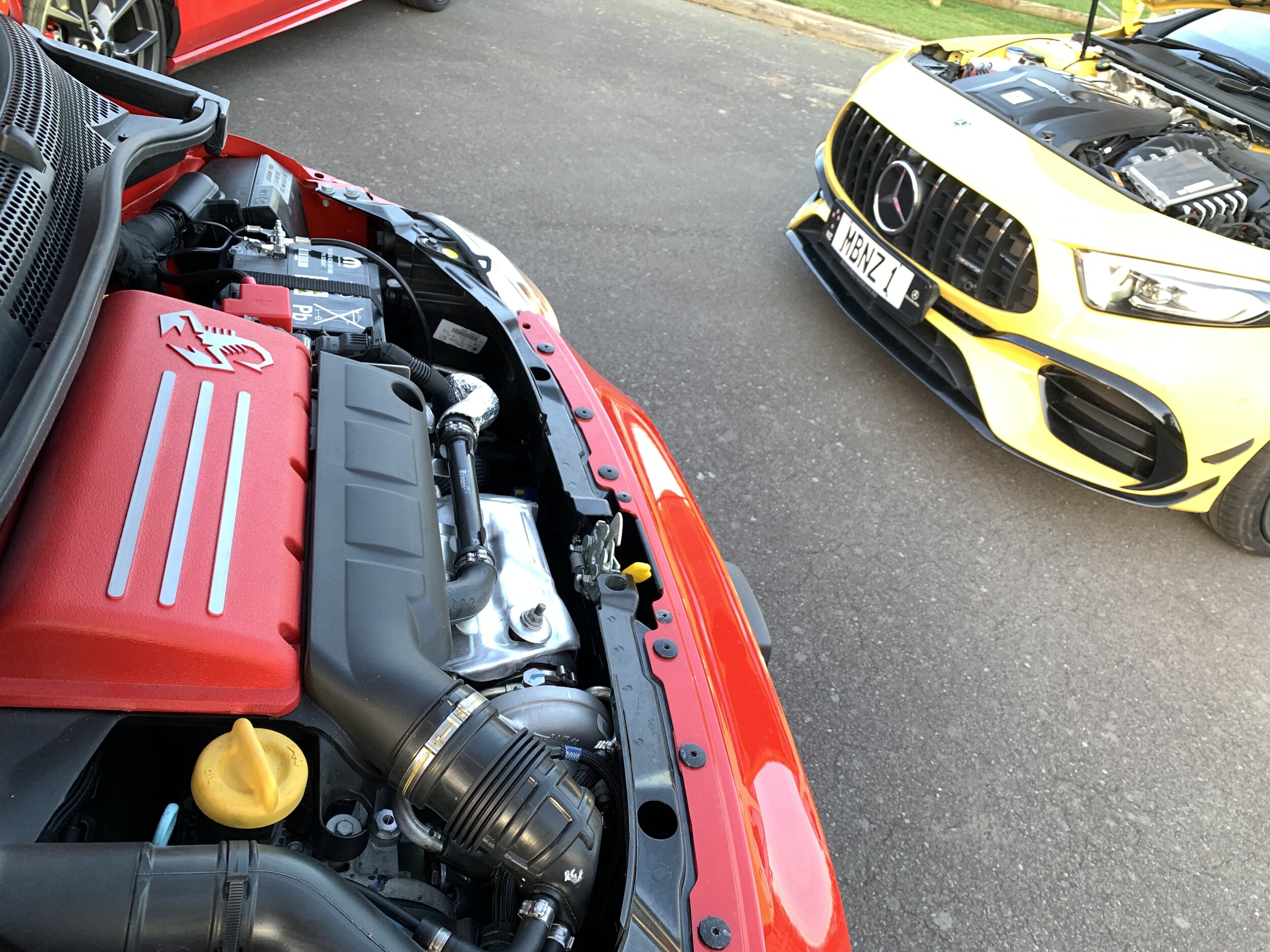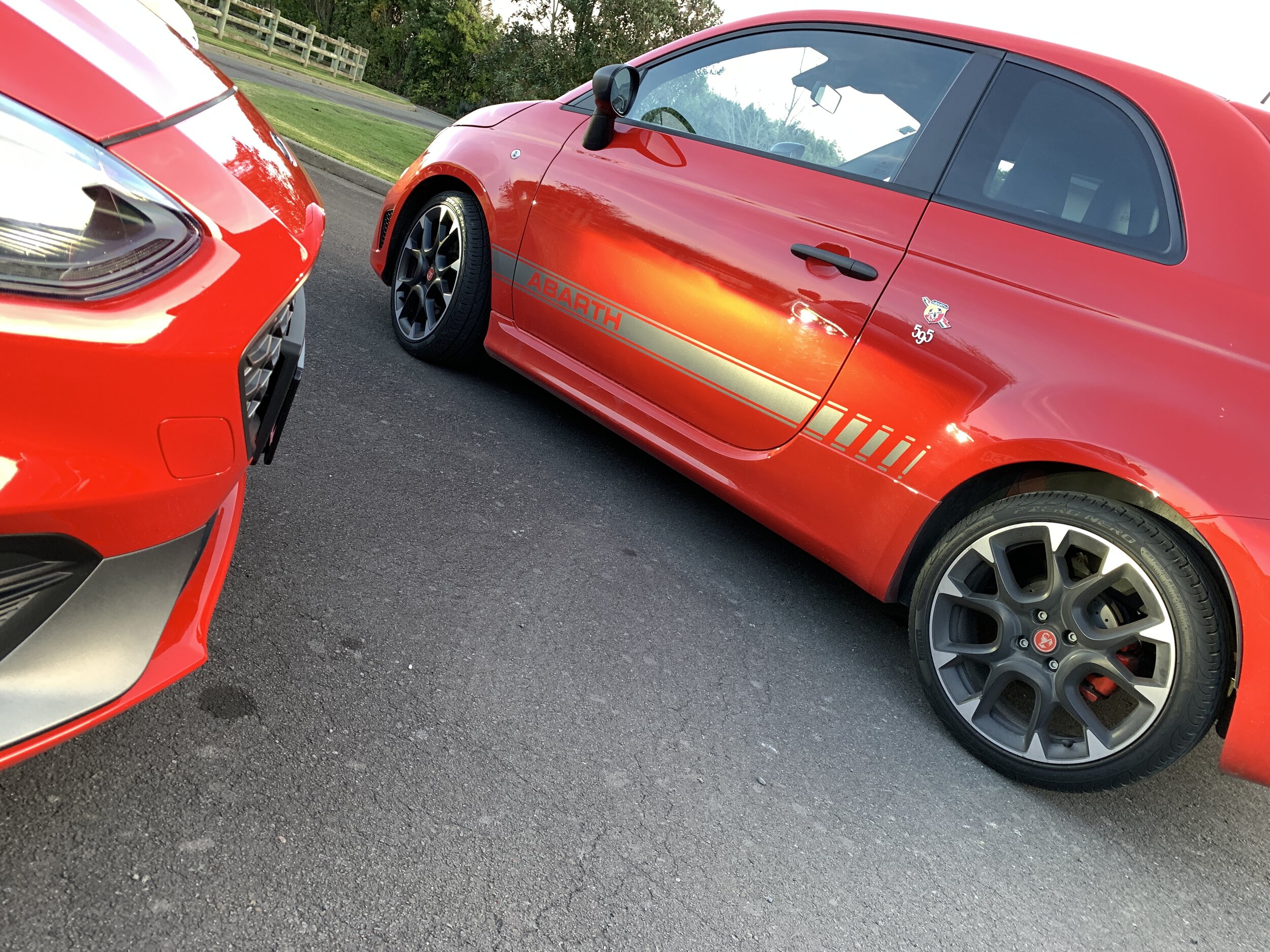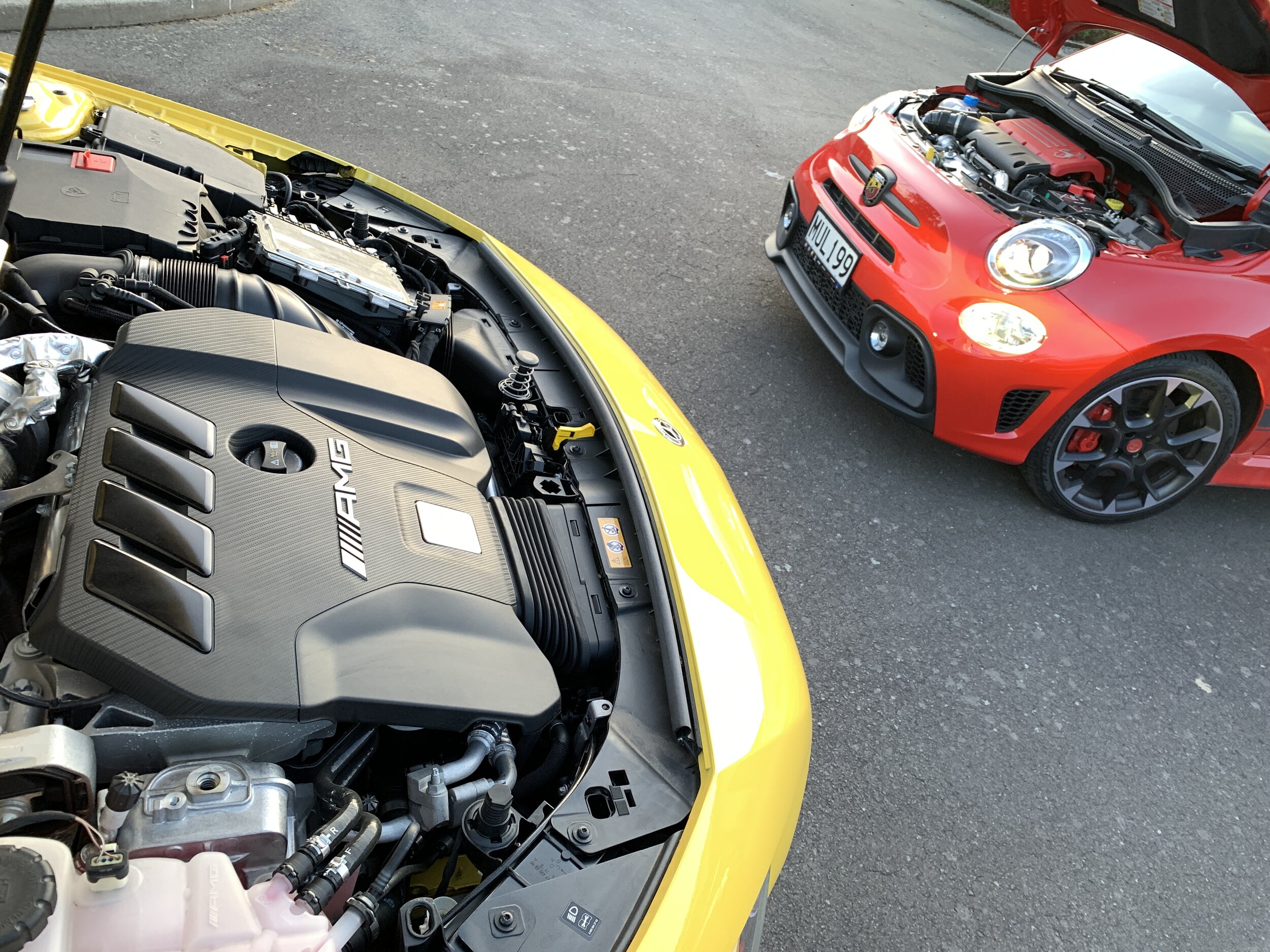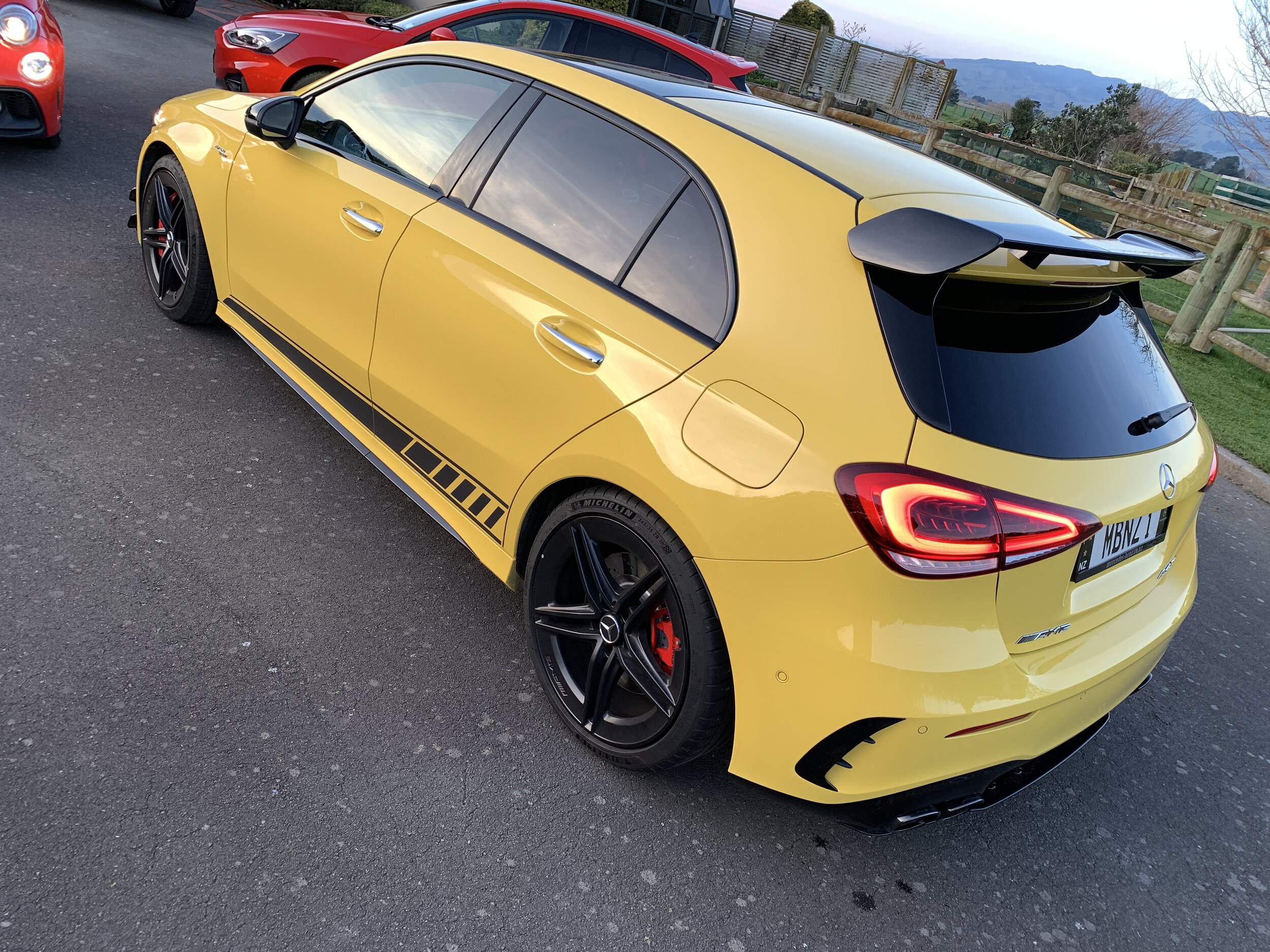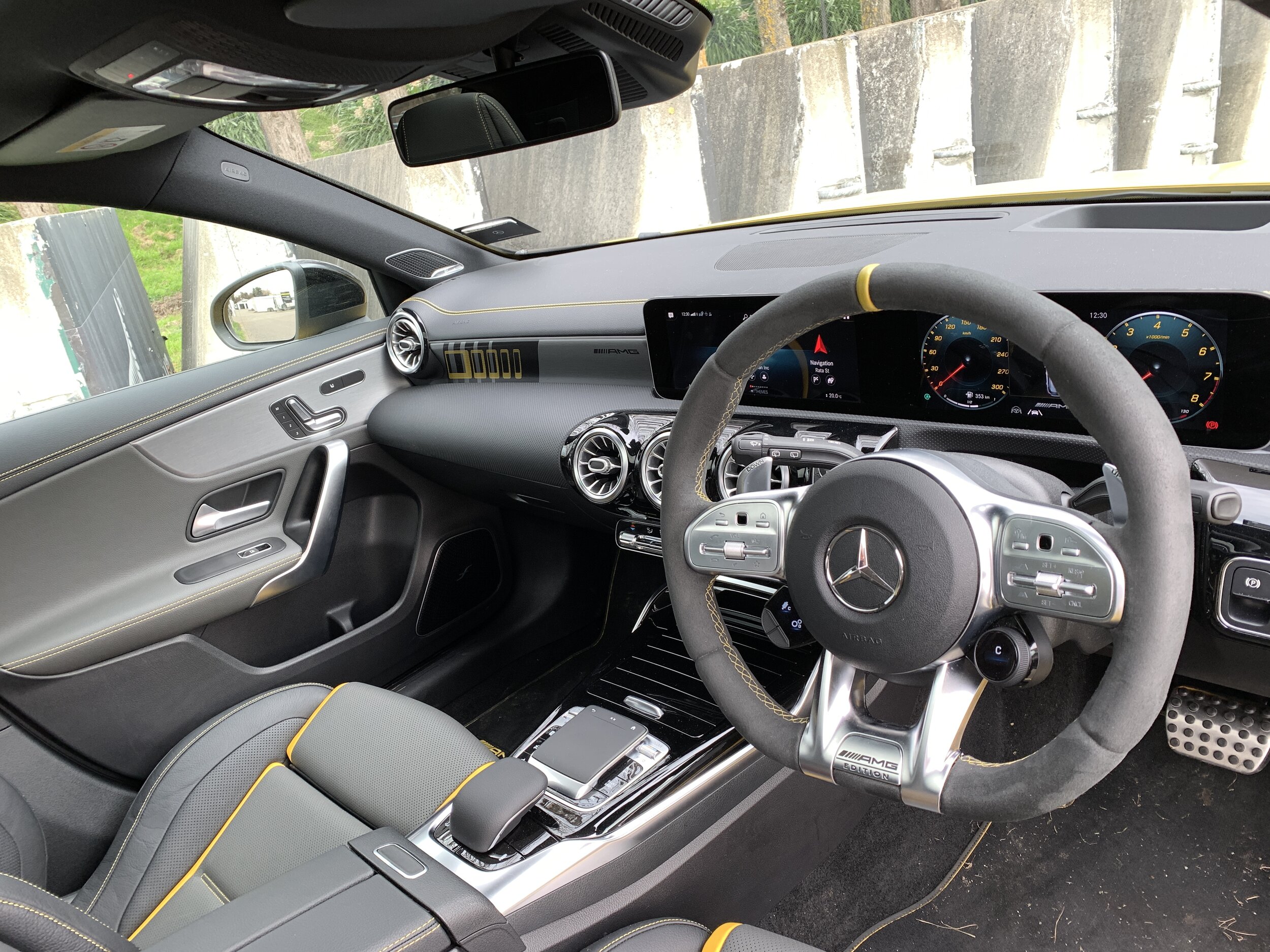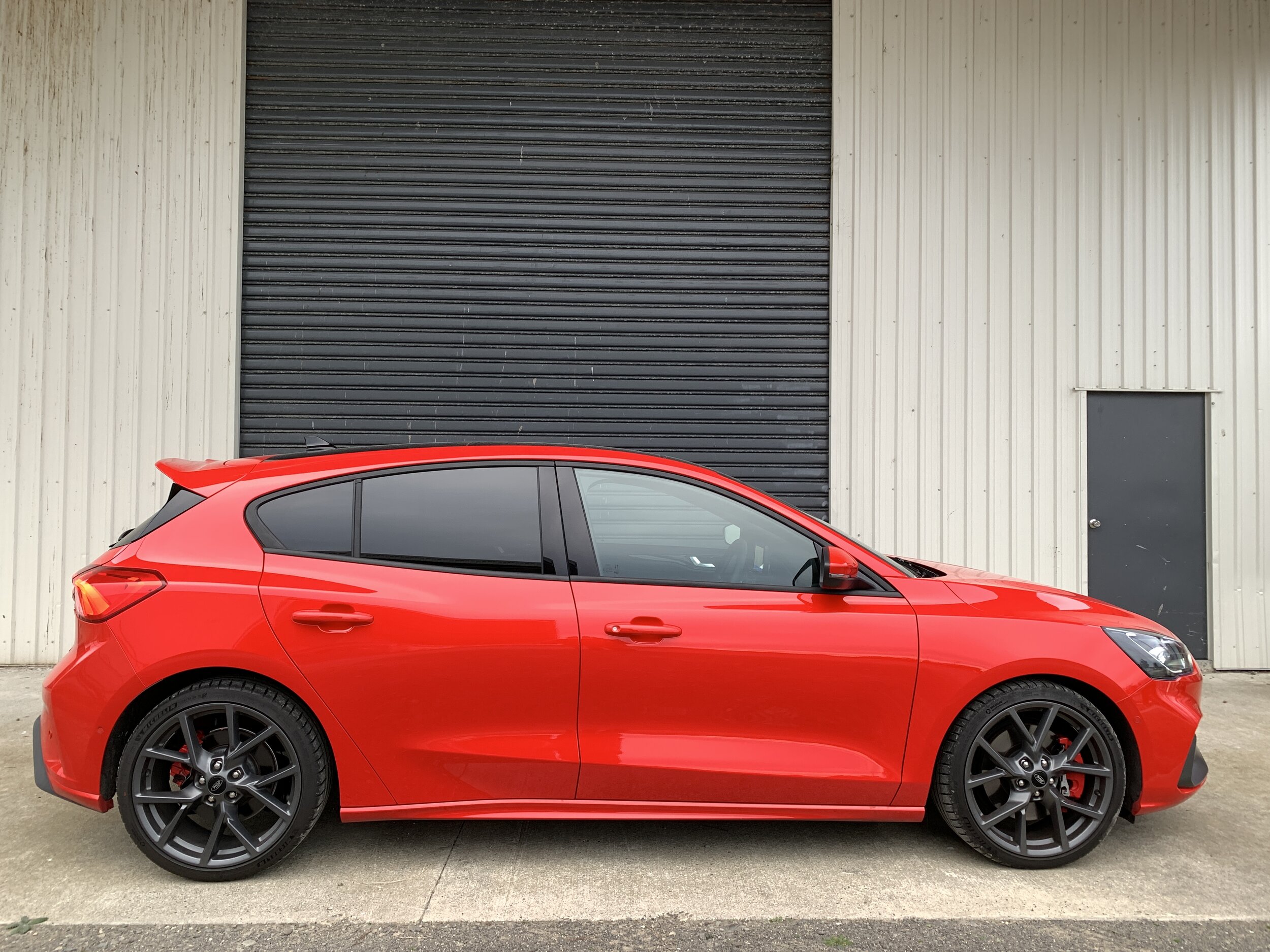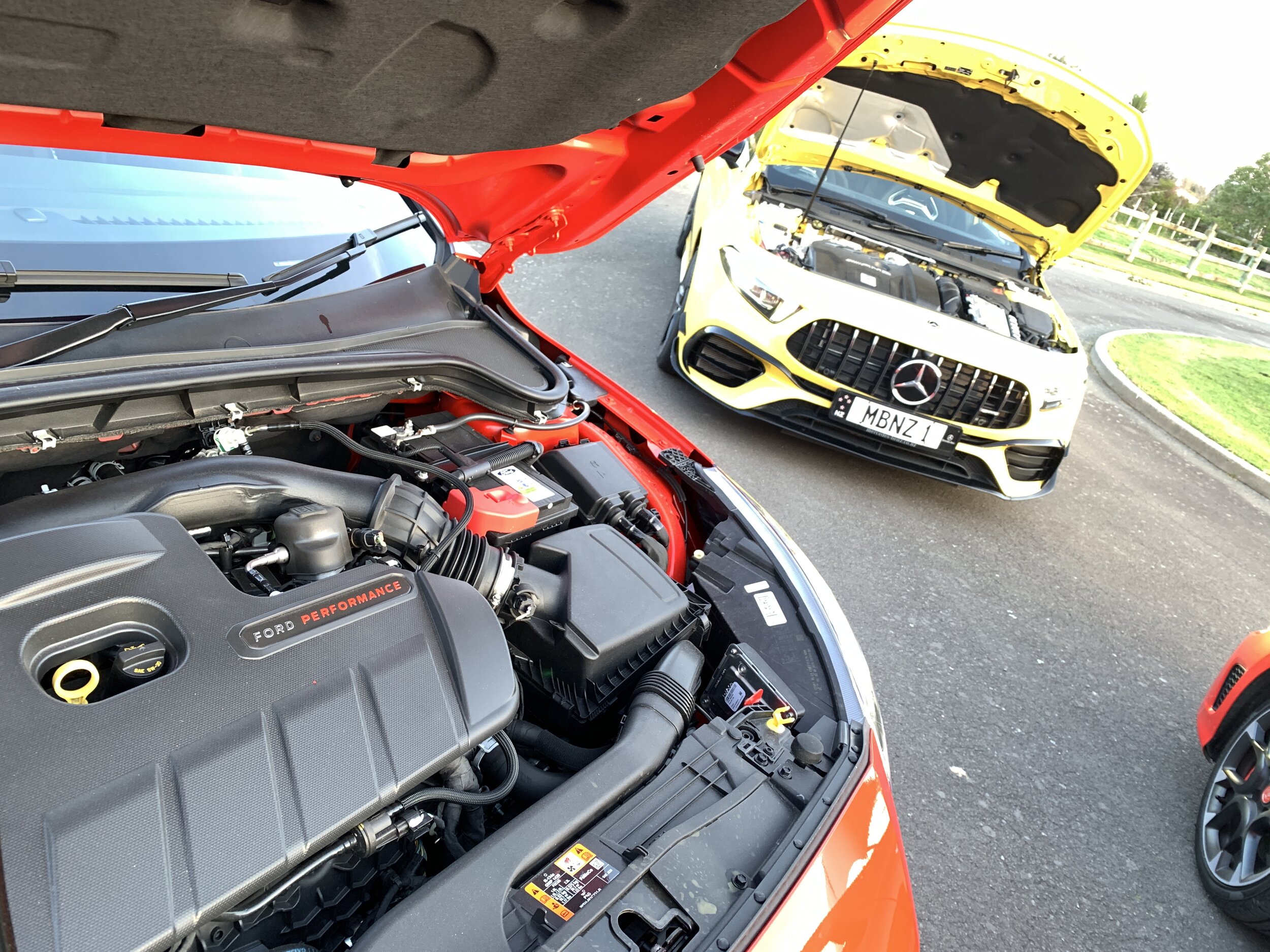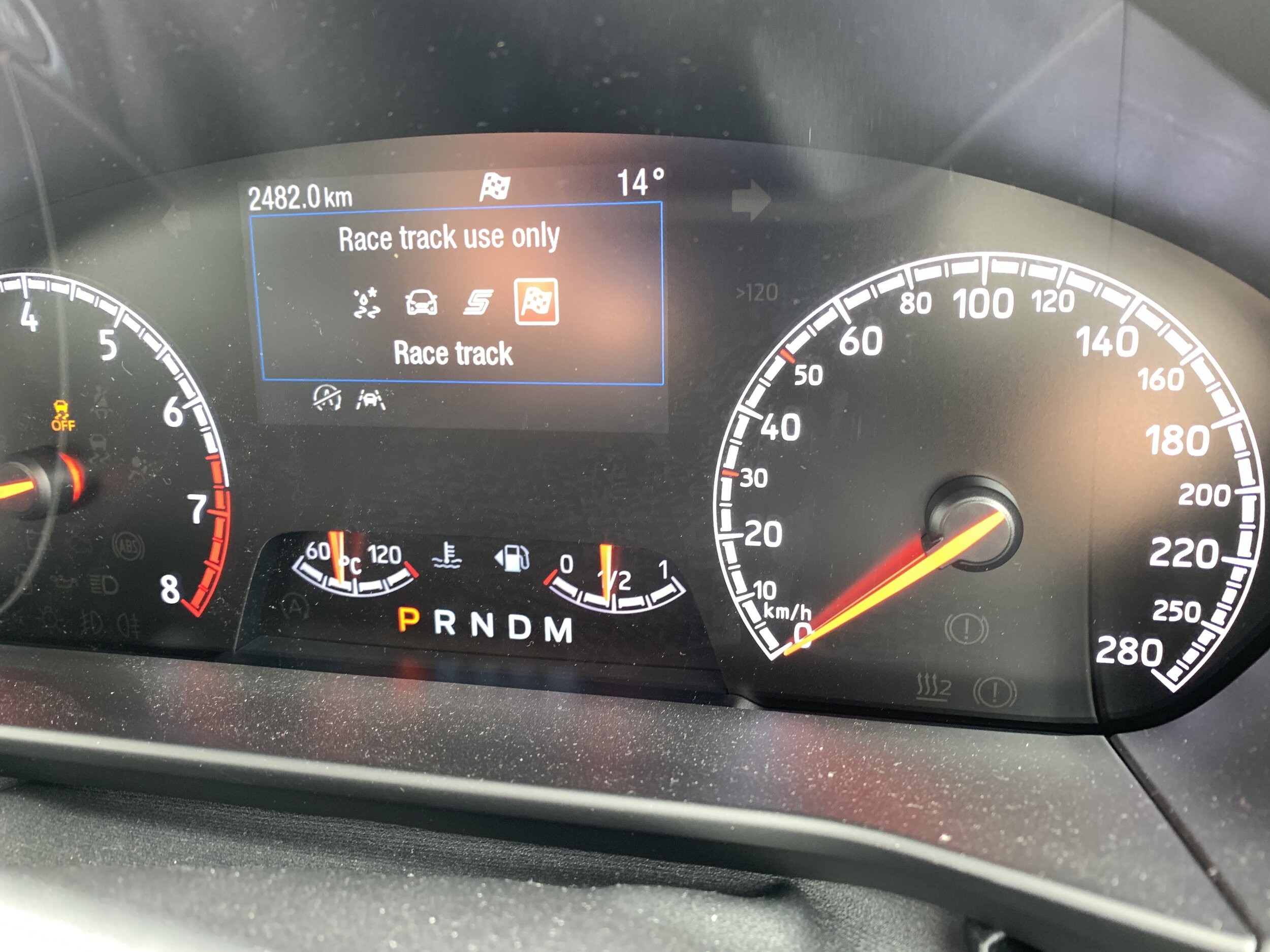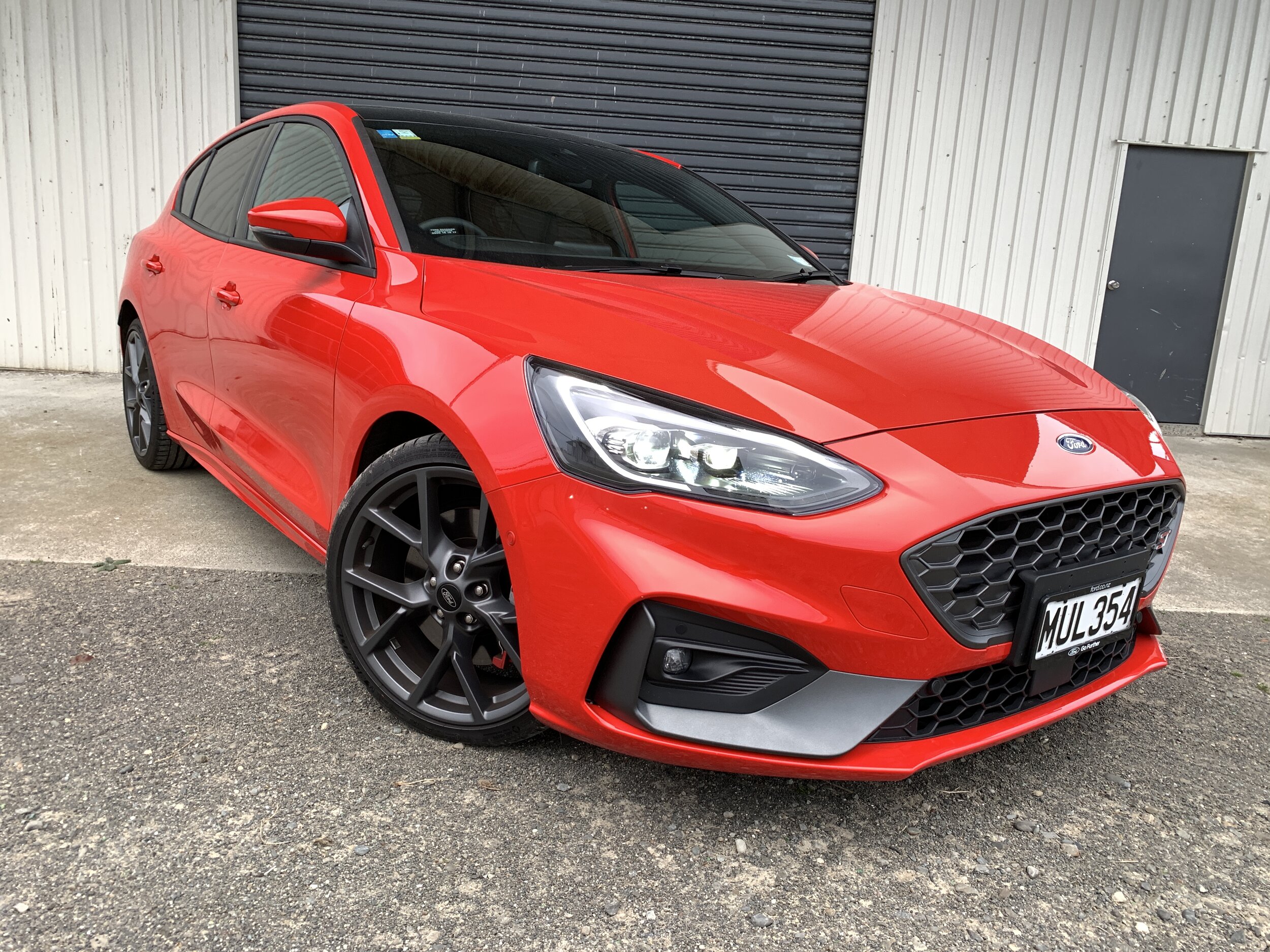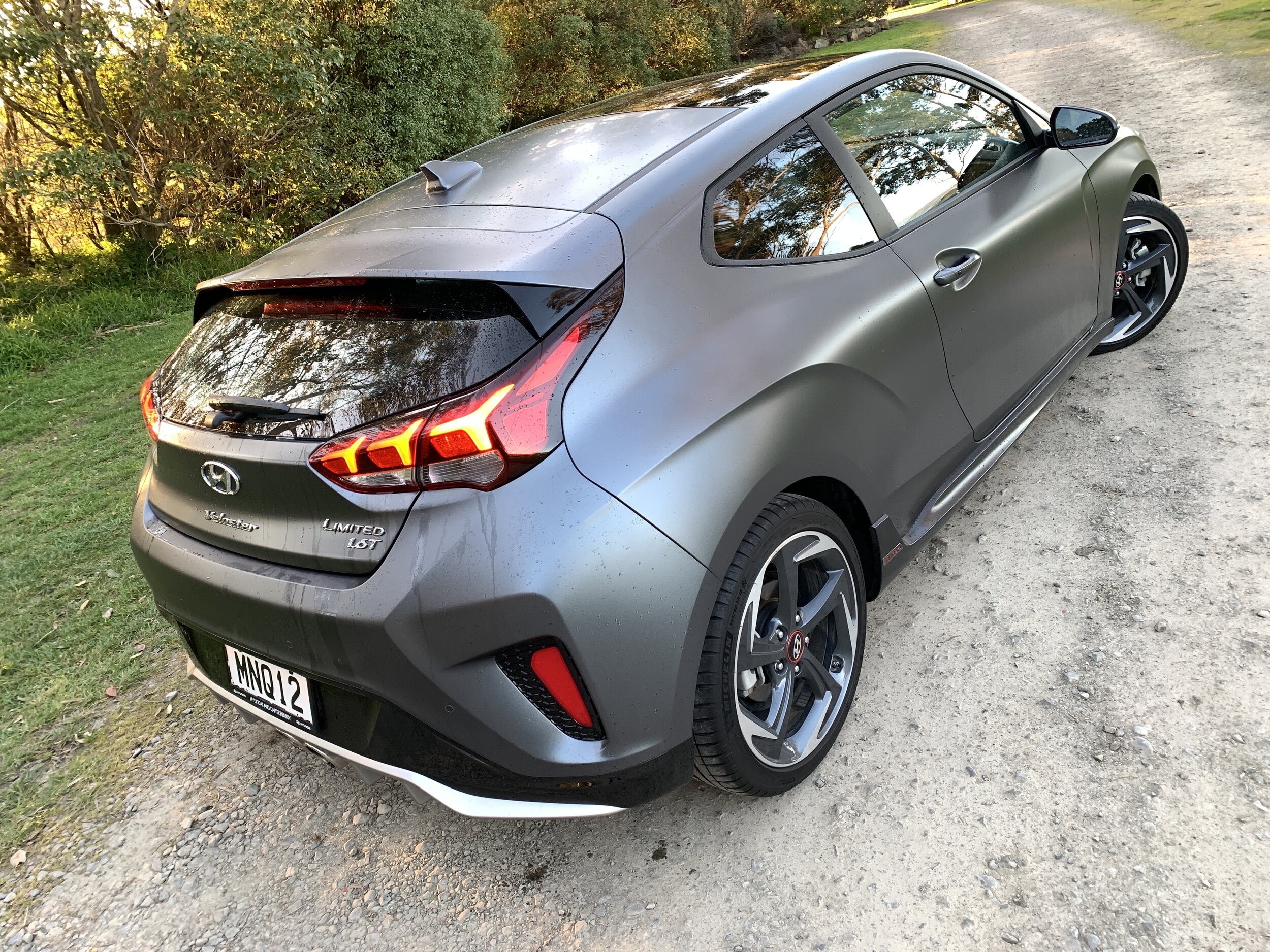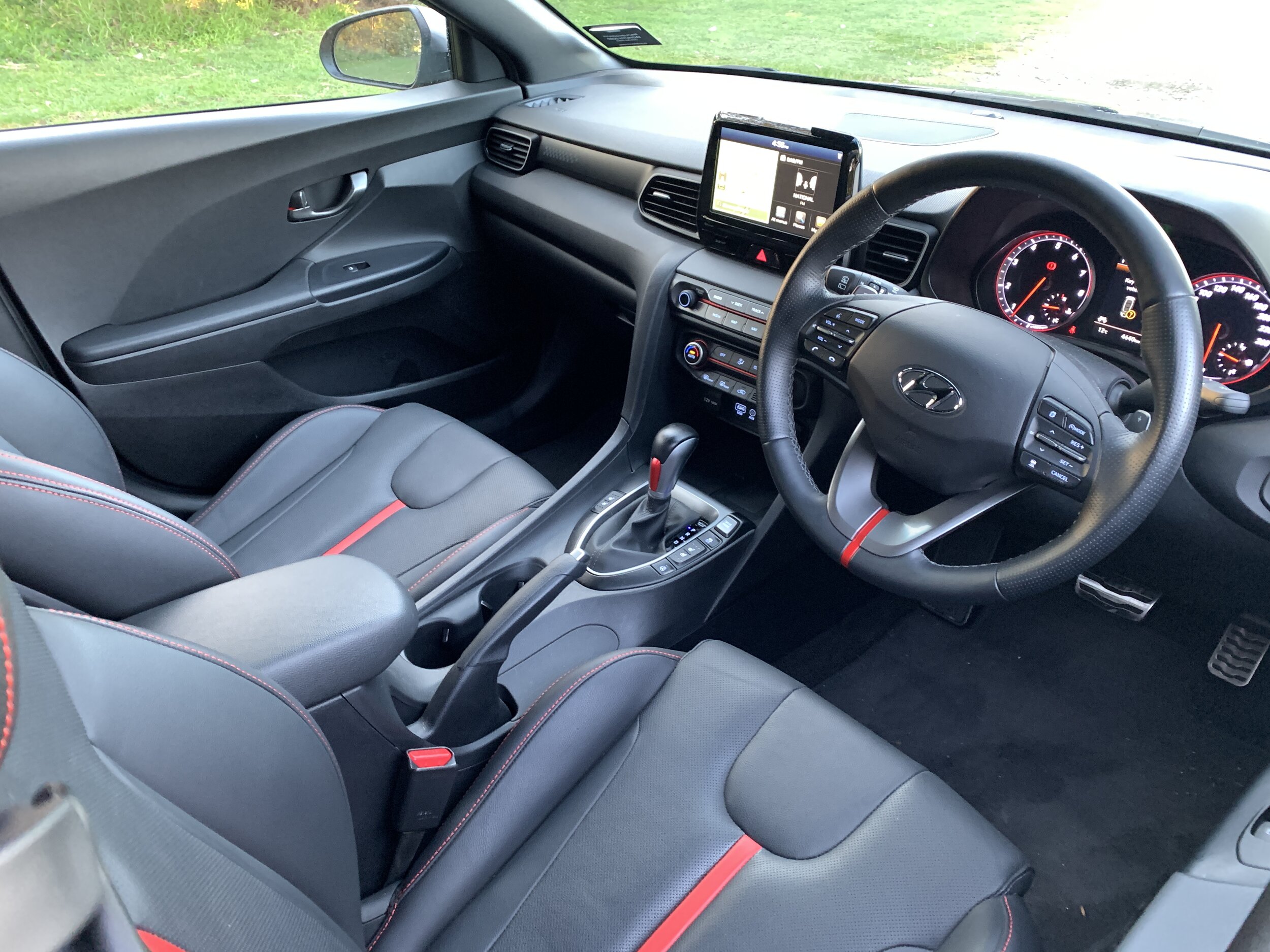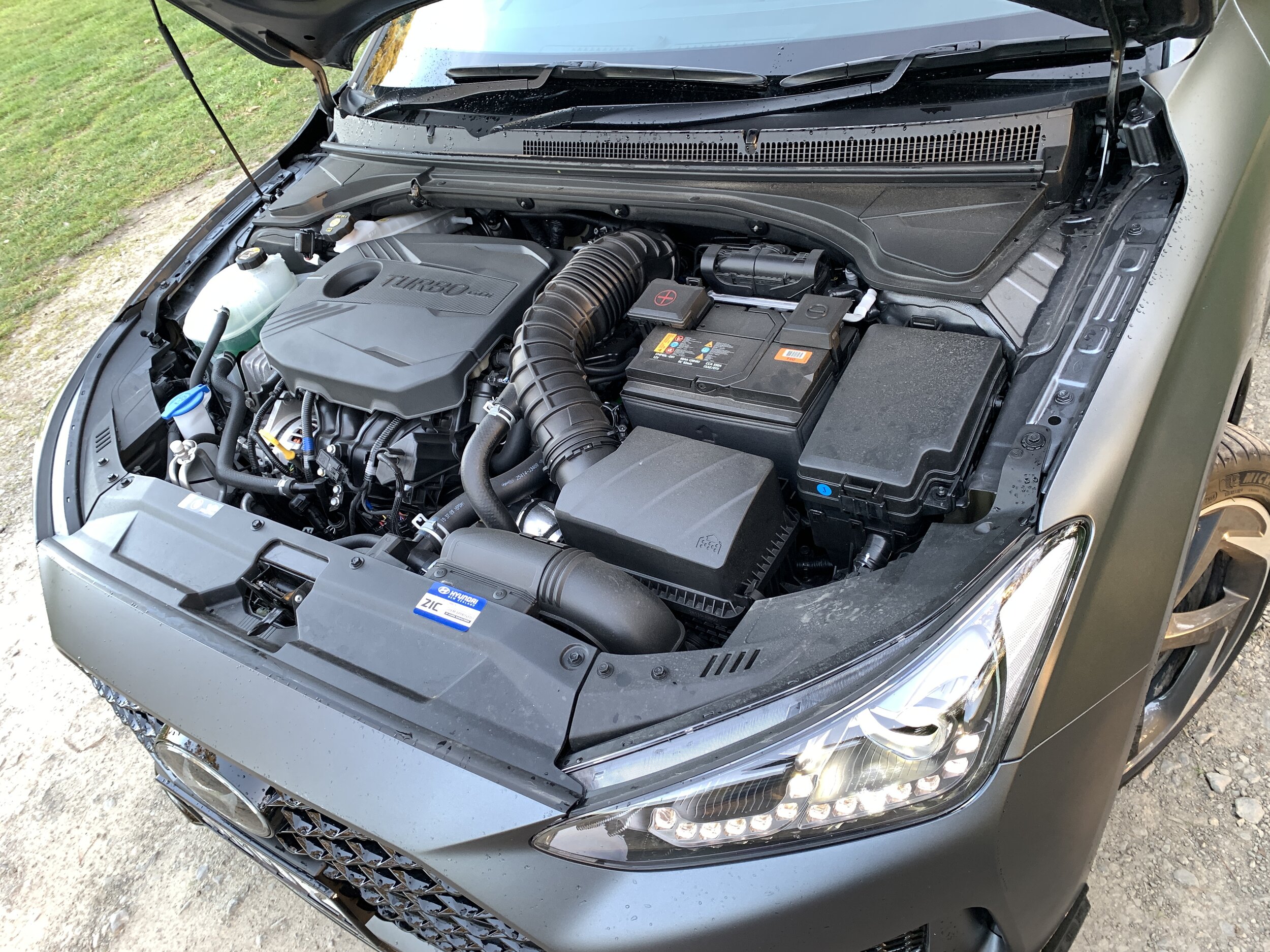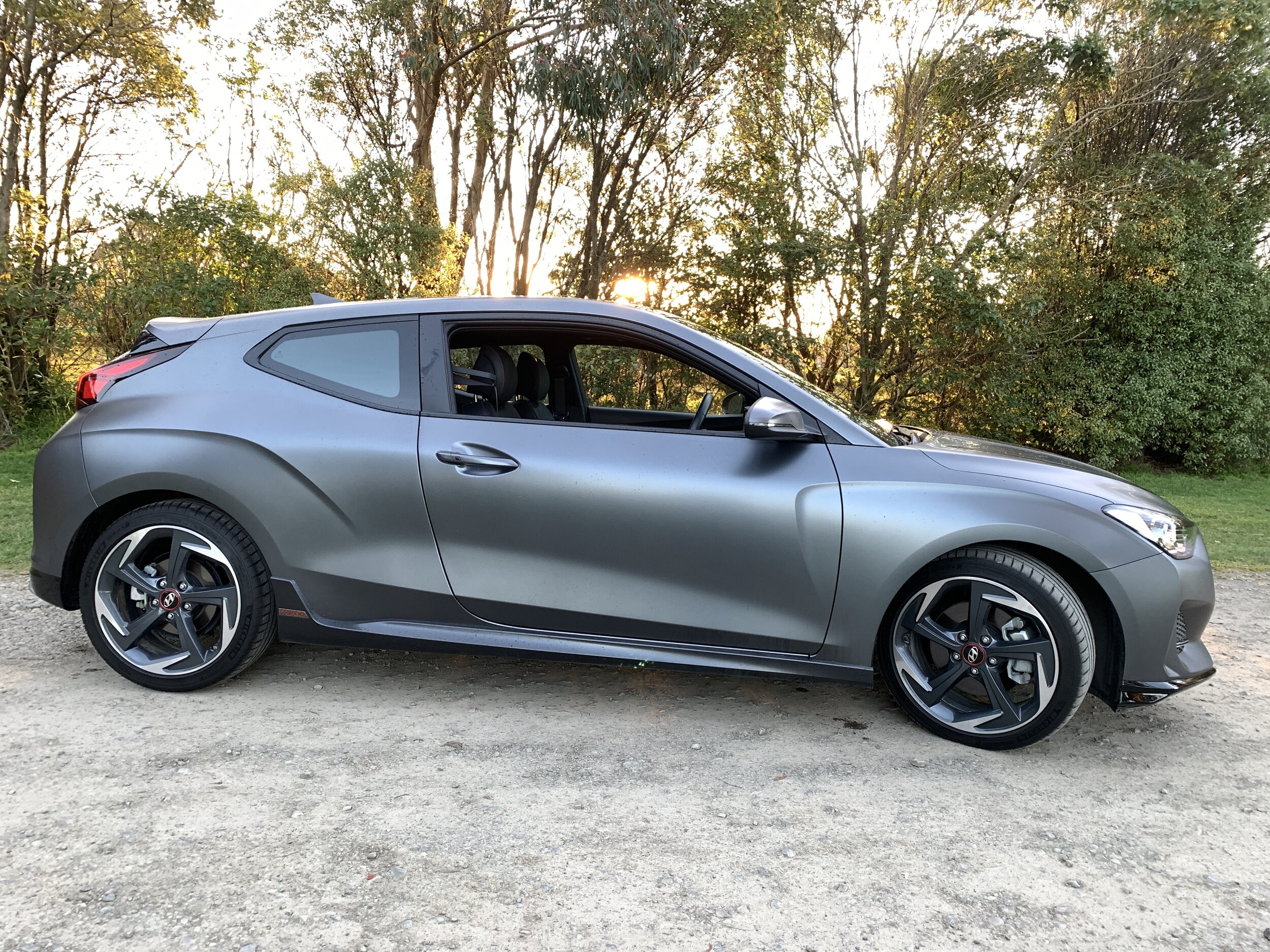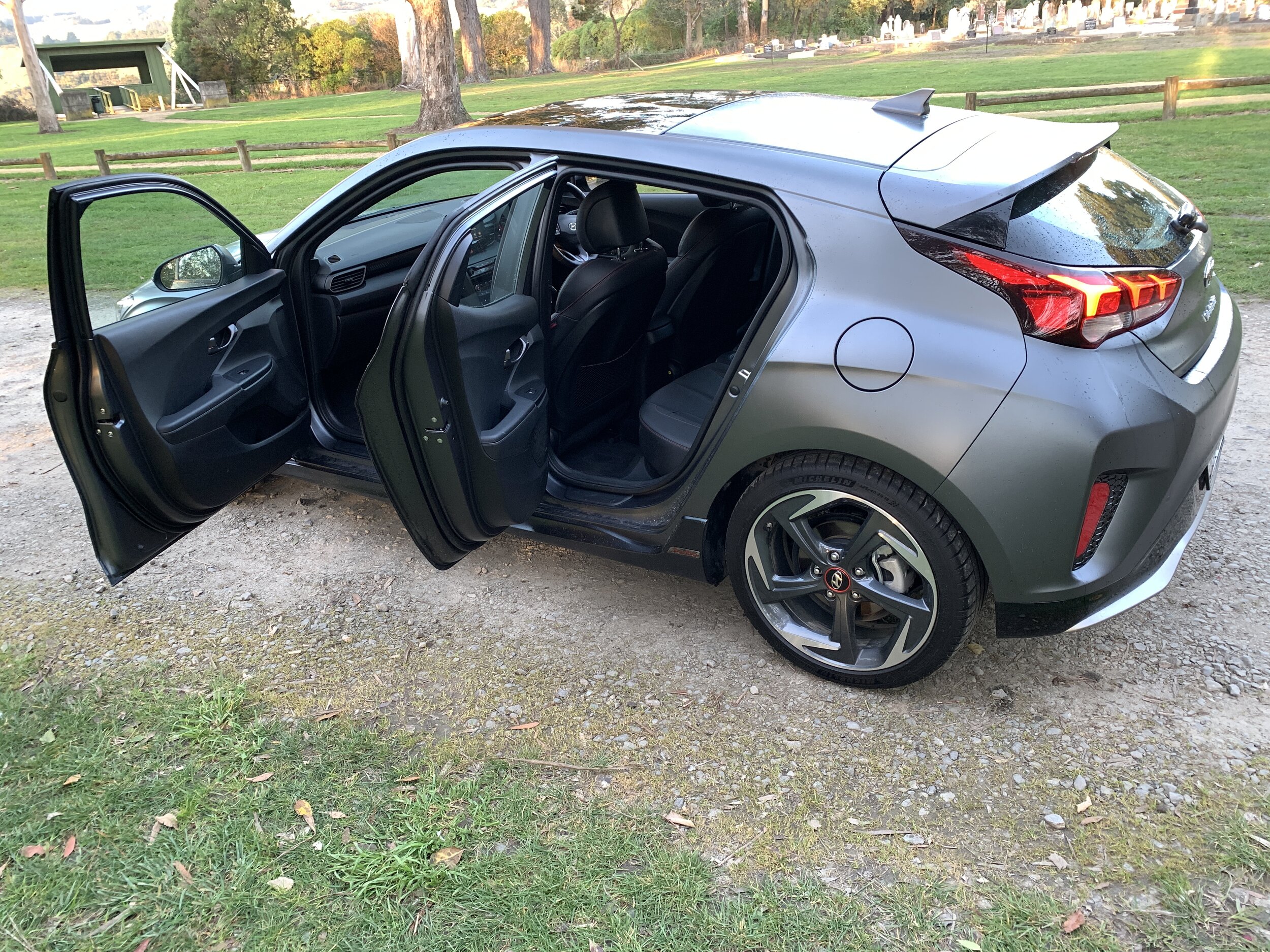‘Little Limpopo’ in Te Popo – an African adventure in deepest Taranaki
/Ford’s latest Escape is an appealing touring vehicle. The ST Line X flagship is taken on safari.
TE Popo Gardens was established 45 years ago in hill country east of the central Taranaki town of Stratford.
Over the years it has been developed so it now covers 13 hectares, has a café and camping area, and offers bed and breakfast accommodation.
In recent times current owners Les and Amanda Heynie have taken it all to a new level – they have placed a series of life-sized galvanised iron sculptures of African wildlife throughout the gardens.
At the entrance you’re met by an antelope. Further along the driveway there’s a rhino quietly grazing. Close to the café a jaguar is chasing down a wildebeest. Nearby there’s a hippo in a pond. Two adult elephants with a youngster. A giraffe family. Two sparring gemsbok.
It’s all very impressive. The Heynies’ hail from South Africa, and during a visit there a couple of years ago they discovered a street vendor offering the sculptures for sale. So they purchased the lot, and had them put into a shipping container and sent to New Zealand.
And now they populate Te Popo Gardens, which is about 13 km east of Stratford along winding country roads through Taranaki hinterland. It all goes to show how international the world is becoming – a South African couple working to put their country’s touch to an iconic regional garden in Aotearoa.
Motor vehicles are totally international these days too, and the Ford Escape ST Line X we used to visit the gardens is a classic example.
The first Escape, which was launched in 2001, was a joint venture between Ford and then Ford majority-owned Mazda, essentially marrying the underpinnings of the Mazda 626 sedan with a range of Ford powertrains.
That model was sold as the Ford Escape and the Mazda Tribute in many parts of the world including New Zealand. But then the nameplate disappeared in this country - Mazda went its own way and began developing its own CX range of SUVs, while Ford concentrated on selling the larger Aussie-built Territory.
It wasn’t until 2013 that a medium-sized Ford SUV returned, but this time it was sourced from Europe and therefore carried the European name of Kuga. That name remained until 2017 when the model underwent a heavy facelift and the decision was made to revive the Escape badge.
Now a brand-new fourth-generation model is on sale, and it maintains this convention.
It also retains a few other things too, all of which underlines the international-ness of today’s motoring – it continues to be sourced from Valencia in Spain, and it is still powered by a 2.0-litre four cylinder turbocharged and direct-injected EcoBoost engine that is also made in Spain.
And that means this model continues a tradition of being one of the most powerful medium SUVs on the market. That’s particularly the case with the model we used for our visit to that New Zealand garden with the South African touch; the paint hue being called Rapid Red seemed appropriate as it certainly made good use of the 183kW of power and 387Nm of torque on tap.
This Escape is al-wheel drive and runs on big 19-inch alloys shod with 225/55 R19 tyres, and the suspension is sports tuned. The Ford offers selectable drive modes which includes Sport, and if you hit an M button on the vehicle’s rotary gearshift you are able to operate its eight-speed automatic manually by using paddle shifters.
So the latest Escape has the ability to scoot along, with excellent low-down torque thanks to its turbocharging, which in many respects belies outward appearances that, while more swept than the model it replaces, are still quite conservative. A wolf in sheep’s clothing, perhaps?
That isn’t to say the new Escape isn’t attractive, because it is. It is longer, wider and 83mm lower than the previous model, and that helps make it one of the best-looking medium SUVs on offer. Actually it looks very much like an enlarged Focus hatch, which makes sense as both vehicles are built off the same platform.
The interior is well-designed and quite Focus-like, too. That makes it significantly different to the Escape it replaces, with the major features including that rotary shifter instead of a traditional gearshift, and at the ST-Line X level a 12-inch full LCD instrument cluster.
Escape also features some design elements that I really like because they give a point of difference between the Ford and most other choices in the burgeoning medium SUVs segment.
For example, I really liked the little rubber arms that pop out of the doors whenever they are opened, which helps protect paintwork in places such as supermarket carparks. I also appreciated a sliding rear seat that can be moved back and forward to provide a choice of more cargo room or more rear leg room.
Another example of good industrial design is a tonneau cover that is attached to the rear glass so it moves out of the way when the rear hatch is lifted up.
The new Escape carries a very high level of convenience and safety specification too, particularly at the ST-Line X level which carries a retail price of $55,990. Just about every state-of-the-art safety, security and driver assistance item is aboard this SUV, which helps give it a five-star Ancap safety rating.
But there are some downsides with this latest Ford.
One is that, like the Escape it replaces, its fuel economy is quite high. The vehicle is rated to run on 95 octane petrol, and while its official combined fuel economy is 8.6 L/100km in actual practice it is higher than that.





Another slight downside is that despite the sportier intent of the ST-Line X version of the Escape, it’s not really a sporty SUV. Not really.
That begs an obvious question as to whether family-oriented medium-sized SUVs are meant to be sporty anyway. No they are not, just as these days such vehicles aren’t designed to be off-road capable. I mean, there’s no way I’d want to take this Escape, with its 18-inch low profile tyres and 178mm ground clearance, across too much rough ground.
But what the new Escape is, is a spacious and comfortable SUV full of convenience and safety aids, all there to help provide a very good motoring experience. Just the ticket to cruise New Zealand and visit surprise attractions such as those gardens at Te Popo with all its African animal sculptures.










